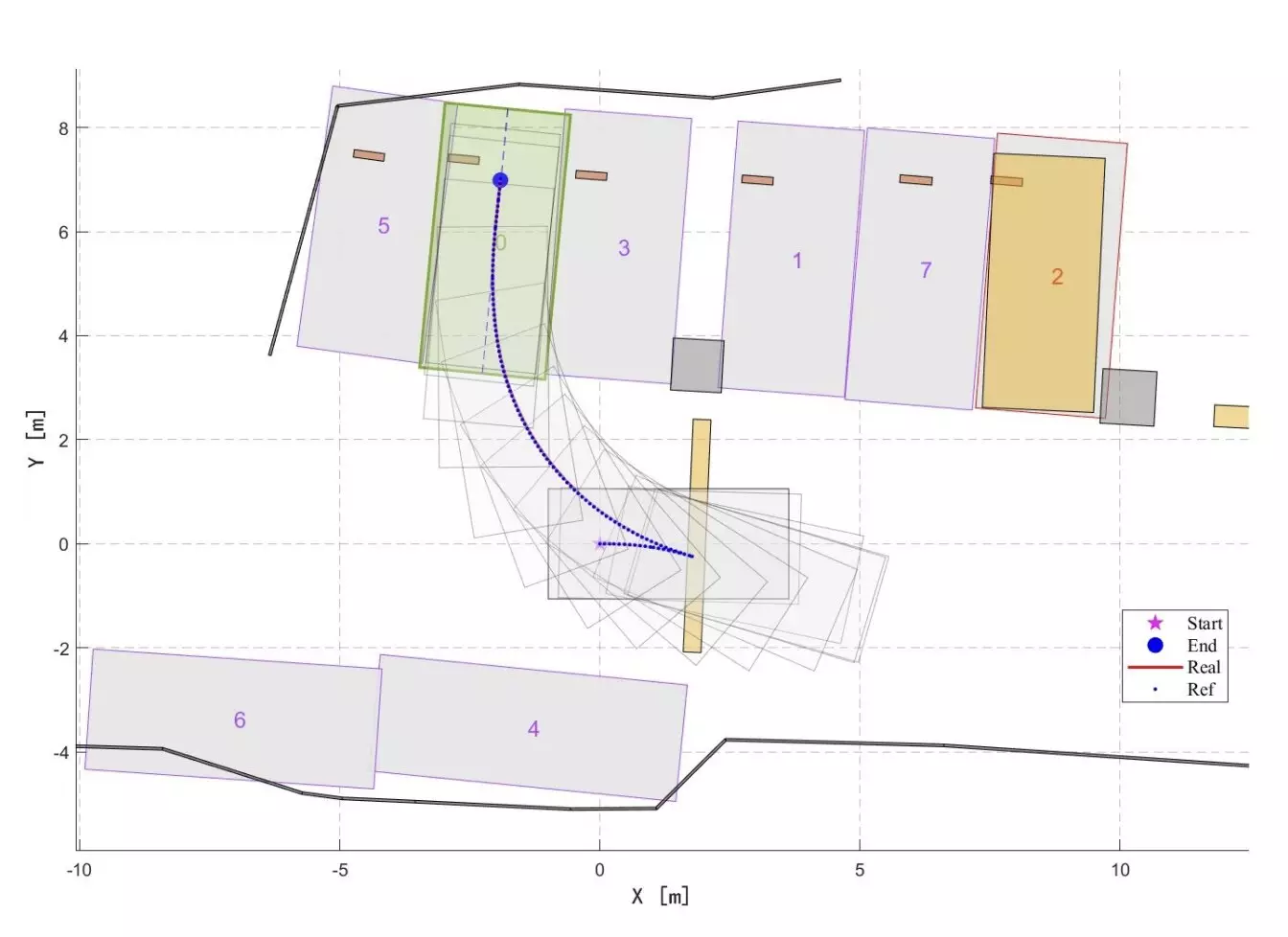The development of vehicles that can drive themselves has been a long-standing goal in both robotics research and the automotive industry. While different companies have been investing in and testing these autonomous vehicles, they have only been deployed in a limited number of settings. Recently, researchers have been exploring the concept of “automated valet parking” (AVP), where cars can drive themselves from the entrance of a parking lot to an available parking spot. One such advancement in this field is the introduction of the OCEAN (Openspace Collision-freE trAjectory plaNner) by researchers at Mach Drive in Shanghai.
The OCEAN planner developed by Dongxu Wang, Yanbin Lu, and their team aims to improve the ability of cars to safely navigate to a parking spot without colliding with obstacles along the way. Unlike previous approaches to autonomous parking, the OCEAN planner addresses key limitations such as inaccurate collision prediction and poor real-time performance. By utilizing an optimization-based trajectory planning approach accelerated by the Alternating Direction Method of Multiplier (ADMM), the OCEAN planner demonstrates enhanced computational efficiency and robustness. This allows it to be suitable for various parking scenarios with minimal dynamic obstacles.
One of the main strengths of the OCEAN planner is its ability to overcome shortcomings of past autonomous parking methods. By building on the Hybrid Optimization-based Collision Avoidance (H-OBCA) approach, the OCEAN planner delivers improved collision avoidance capabilities, robustness, and real-time speed. The trajectory planning problem is first initiated with a collision-free Hybrid A* trajectory to provide a warm start, then is reformulated as a smooth and convex dual form solved by ADMM in parallel. This unique approach allows for efficient and robust problem-solving by splitting optimization variables into different groups and formulating them as Quadratic Programming (QP), Sequential Quadratic Programming (SQP), and Second Order Cone Programming (SOCP) problems.
Wang, Lu, and their collaborators conducted extensive testing of the OCEAN planner through simulated scenarios and real-world experiments in public parking areas. Their results demonstrated the superiority of the OCEAN planner over existing methods for autonomous parking applications. The team highlighted the system’s better performance compared to other benchmarks and emphasized the capability of deploying the planner on platforms with low computing power while still maintaining real-time performance.
While the OCEAN planner shows promising results, there is still room for improvement and further real-world testing. In the future, this innovative technology could potentially be adopted by automotive companies to revolutionize the way automated vehicle parking technologies are integrated and deployed. By continuously refining and enhancing the OCEAN planner, researchers aim to contribute to the widespread adoption of autonomous parking solutions in various settings.


Leave a Reply